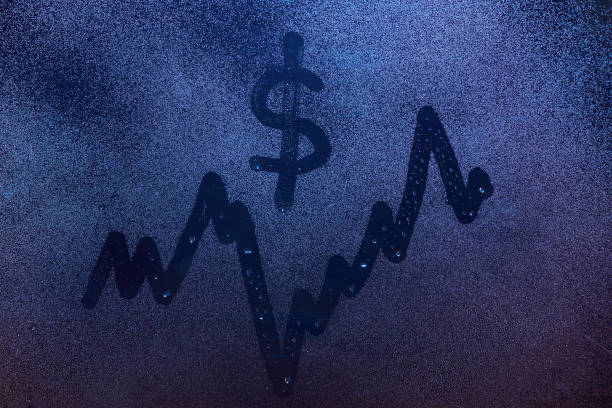Markets
US Treasuries extended their post-CPI sell-off yesterday in absence of eco data or other news. US yields added 2.8 bps (30-yr) to 5.3 bps (3-yr). The US 2-yr yield is gradually moving back in the direction of the YTD high at 4.74%. Longer tenors show a similar dynamic but there’s some more ground to cover (US 10-yr YTD high at 4.35%). Following upward CPI surprises in January and February, US (CPI) headline and core inflation are now both set to stay above 3% over the course of 2024 with inflation dynamics re-accelerating into Q2. This context suggests significant hawkish risks to next week’s FOMC meeting and to Fed policy this year in general. In absence of additional disinflation evidence in coming inflation reports, we err on the side of delaying a first policy rate cut to September at the earliest. The US eco calendar can today trigger a further hawkish repositioning with February retail sales, producer price inflation and weekly jobless claims on the agenda. The proof of evidence again tipped to the other side. Anything apart from big misses can extend the US Treasury sell-off. Such underperformance should gradually start to support the dollar as well. The greenback’s performance has been lackluster recently, both in case of (minor) risk corrections and in case of rising US yields. We must add that German yields managed to follow the US pace yesterday, rising by 3.5 bps (5-yr) to 5 bps (30-yr). EUR/USD yesterday closed at 1.0948 from an open 1.0927. The ECB’s changes to its operational framework had no direct impact on trading. They will continue to steer policy by adjusting deposit rates and will narrow the spread between the MRO rate and the deposit rate from the current 50 bps to 15 bps from September 18.
Overnight Asian risk sentiment is mixed this morning with China underperforming. Other Asian bourses neglect yesterday evening’s negative WS close (-0.50%). Decent UK housing data (see below) can’t inspire sterling which is back at well-known territory (EUR/GBP 0.8550) after unexpectedly testing the 0.85 support zone at the end of last week. Next week’s UK inflation report and Bank of England meeting can perhaps finally break the deadlock in the currency pair. Our overall bias for today is for higher core bond yields and a firmer dollar.
News & Views
Polish MPC member Janczyk indicated that the Polish central bank (NBP) will resume the debate about a possible interest rate cut in the third quarter when the outlook in inflation becomes clearer. According to Janczyk, the NBP will lookt at at how favourable economic data will be and at which factors that may fan inflation, including government decisions (eg restoring a 5% VAT on food and/or easing measures aimed to cap energy prices). Janczyk estimates the impact to restore to VAT on food may add 0.8 ppt to inflation, but this might be mitigated by competition in the retail sector. The comments from Janczyk bring somewhat of a more moderate message compared to recent guidance from NBP governor Glapinski who said that there might be no case for interest rates cuts further this year. Janczyk’s comments didn’t hurt the zloty. At EUR/PLN 4.28, the Polish currency is trading near the strongest levels against the euro since March 2020.
A survey of the Royal Institution of Chartered Surveyors (RICS) showed signs of a gradual improvement in the UK housing market. The index of new buyer inquiries printed at a net balance of +6, unchanged from January but holding at the strongest level since February 2022. The net balance of new instructions to sell rose further from 12 to 20, the best level since autumn 2020. Agreed sales eased slightly from 4 to -3, but sales expectations are still expected to rise (6 from 12). The house price balance of the survey also improved from -19% to -10%, the best level since October 2022. The RICS survey states that “the near-term outlook is still somewhat cautious reflecting, in part, the suspicion that the recent easing in mortgage rates is likely to stall on the back of ongoing uncertainty about the timing and speed of interest rate reductions”









